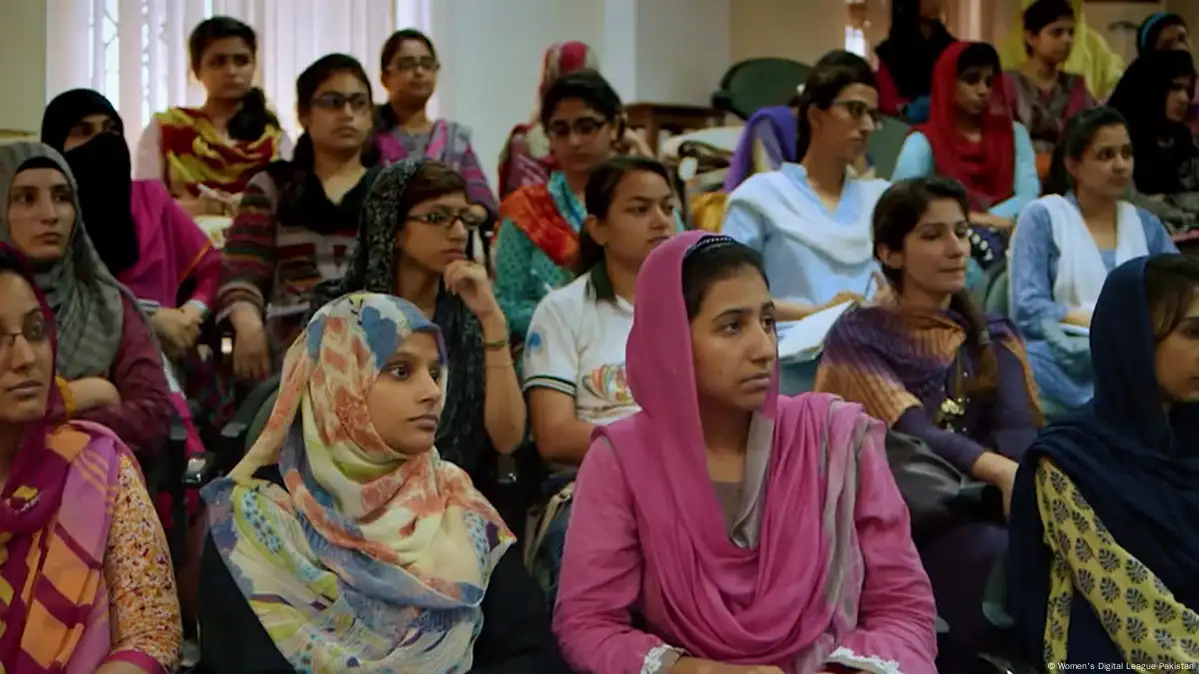Breaking barriers: Women in Pakistan's workforce
In Pakistan, only about 20% of women manage to enter the workforce — a stark reminder of the societal and structural barriers they face. Cultural conservatism often discourages women from seeking employment, but access to employment is a fundamental right and a key driver of gender equality.
The story of Dr. Sobia Yaqub, an oncologist in Lahore, highlights both the challenges and the possibilities. As a highly qualified medical professional and university lecturer, she has had to overcome workplace prejudice and family traditions that once kept women confined to the home. Her story reflects a growing shift in attitudes, as more women challenge traditional roles and seek professional success.
Education key to empowerment
Yaqub's success is rooted in education. She attended a Care School, one of nearly 900 institutions in Pakistan that provide free, high-quality education to children from low-income families. These schools are instrumental in promoting gender equality by encouraging girls to pursue their ambitions.
Teachers and parents are increasingly recognizing the importance of educating girls — for personal growth and the country's economy and social development. Entrepreneurs like Seema Aziz and educators like Maria Umar further demonstrate how women can inspire others by creating opportunities.
Can Pakistan improve female employment rate?
Yes — but it requires a multifaceted approach. Education must be prioritized, especially for girls from disadvantaged backgrounds. Challenging gender stereotypes, supporting women through mentorship and role models are also key.
With consistent investment in education and societal change, Pakistan can raise its female labor force participation rate beyond the current 23% and unlock more of its economic potential.
